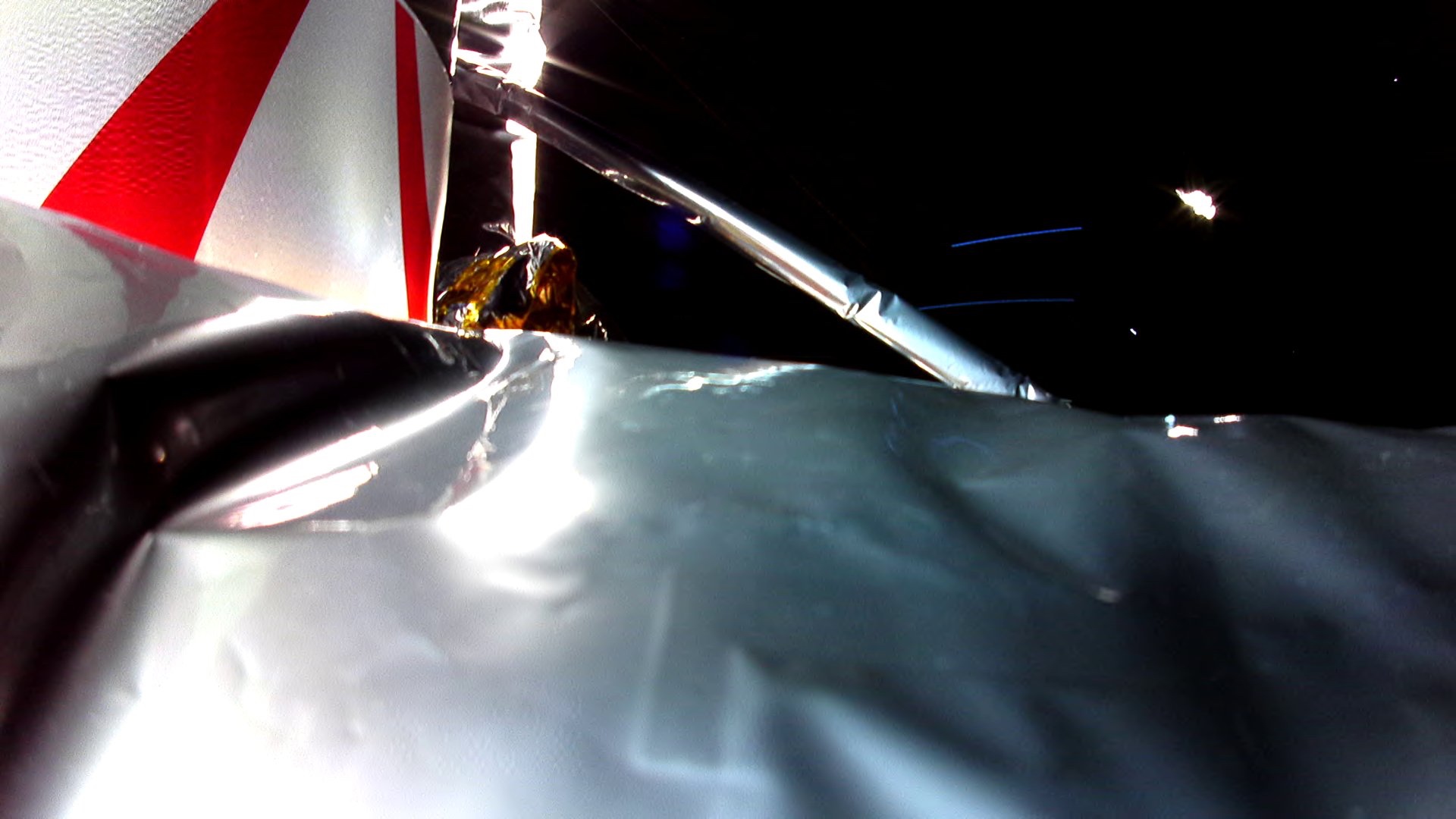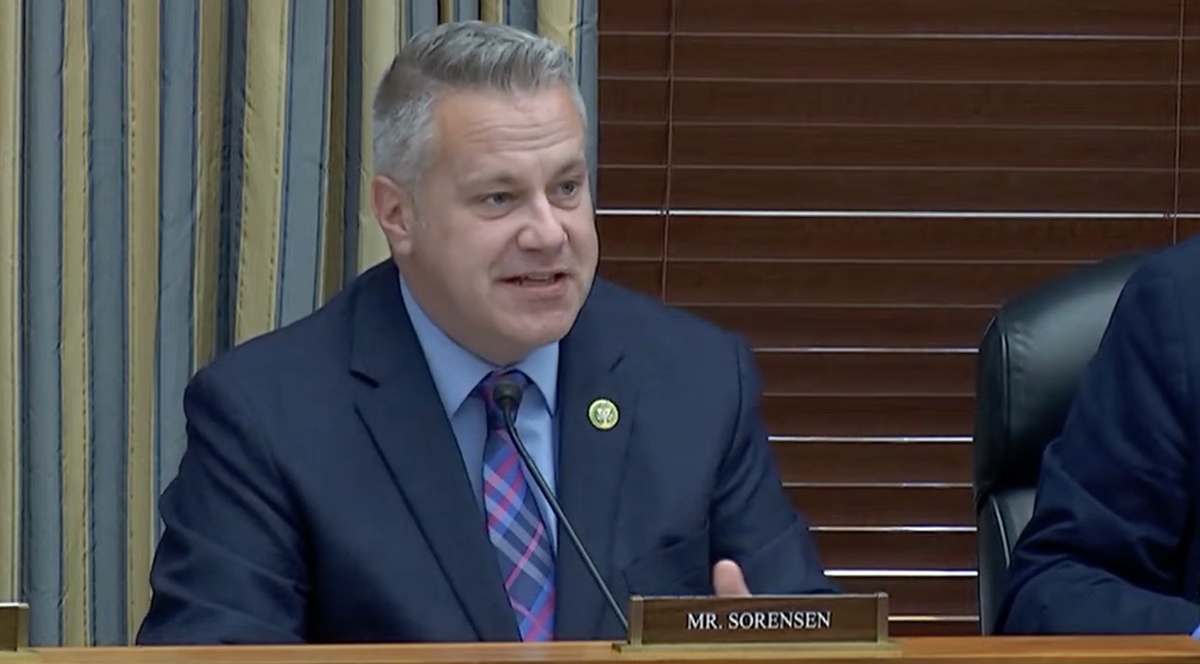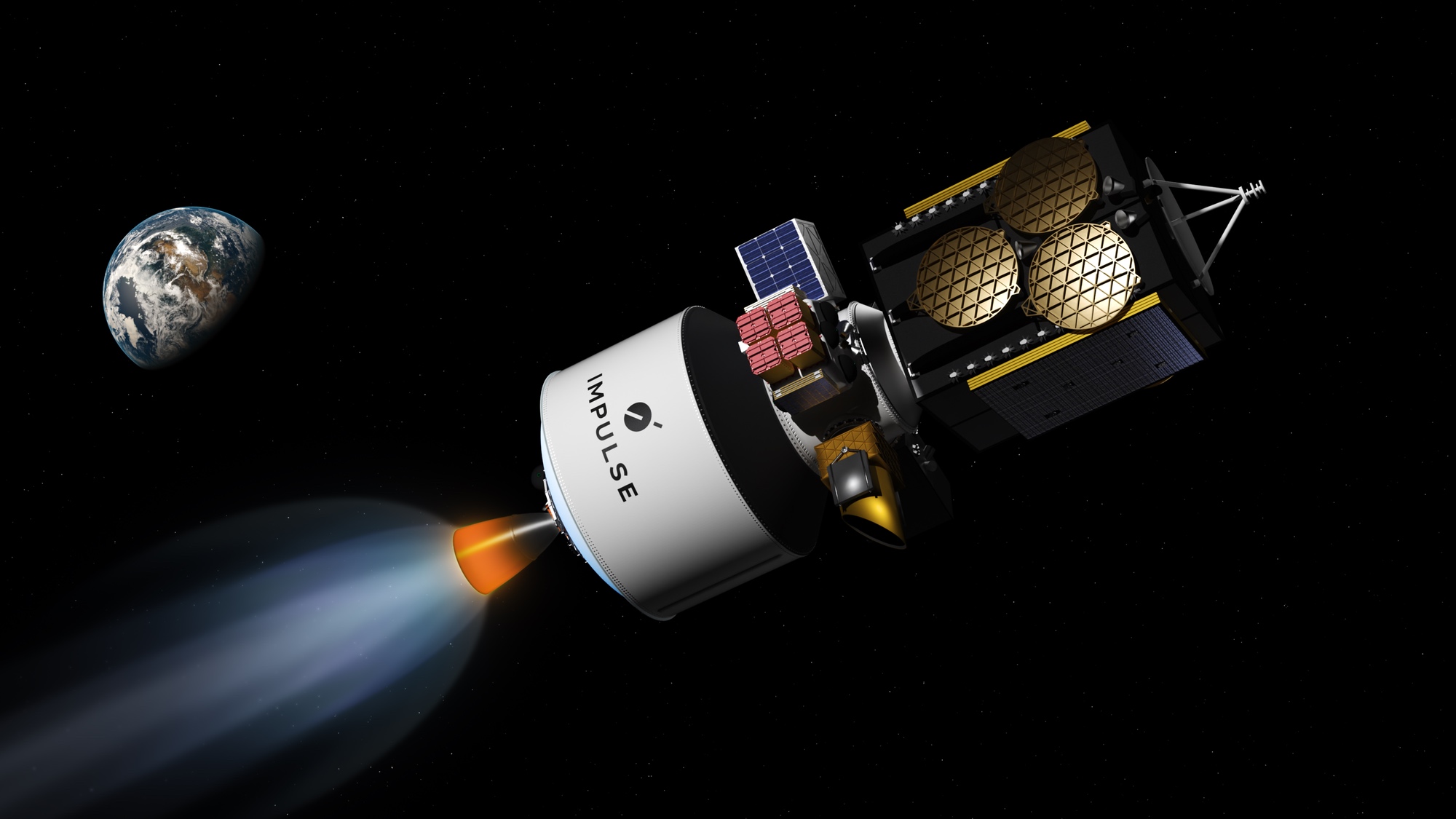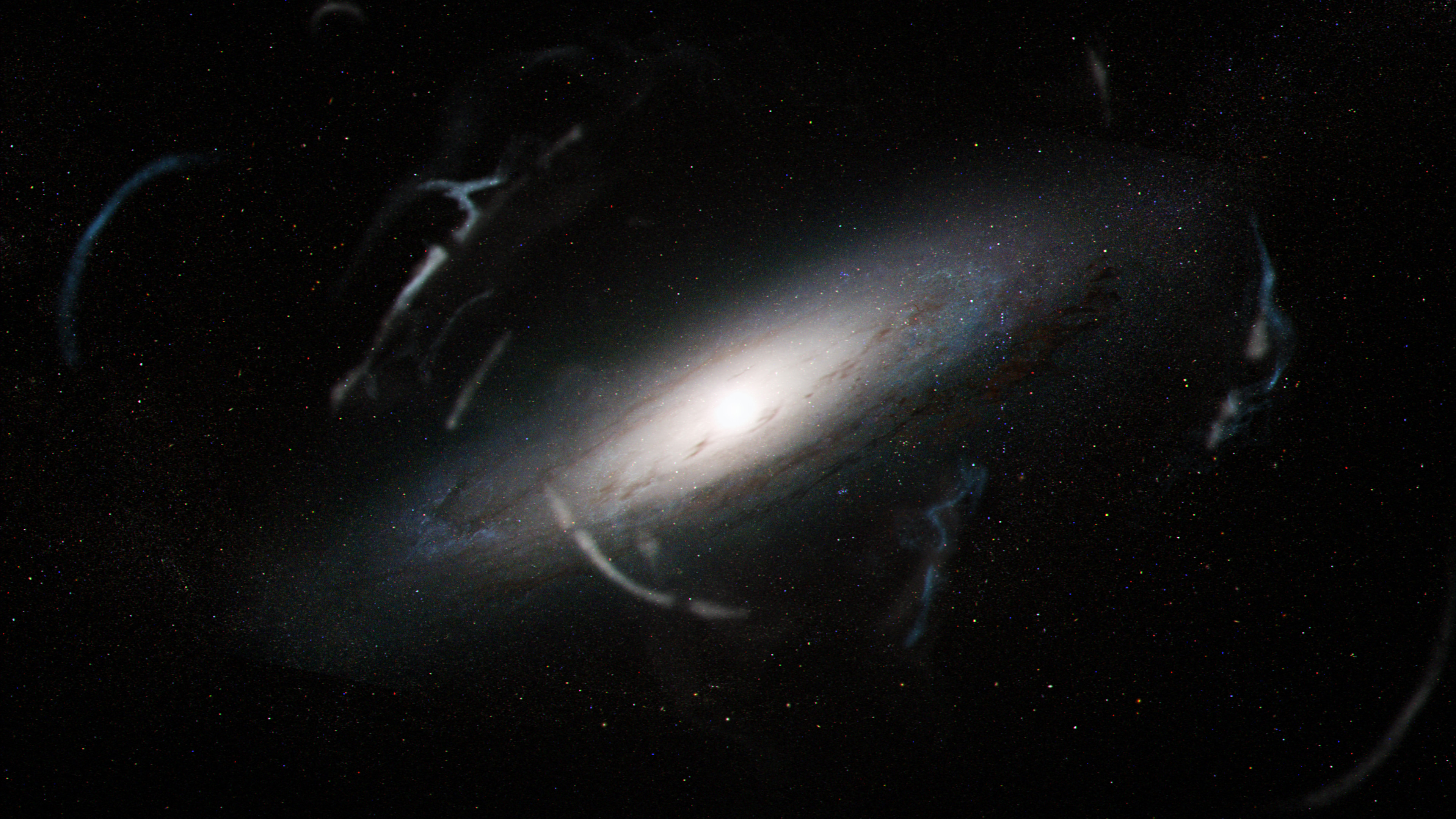Astrobotic confirms Peregrine reentry plans
Original Publication Date: 2024-01-18 02:34

Astrobotic confirms Peregrine lunar lander will reenter over South Pacific on Jan. 18. Company says it had to perform two-step process to put spacecraft on that reentry trajectory. Peregrine launched Jan. 8 on the first United Launch Alliance Vulcan Centaur. Company ruled out any attempt at a lunar landing because of a propellant leak.
DoD seeks less space classification, more collaboration with allies and commercial partners
Original Publication Date: 2024-01-17 21:28

Department of Defense pushing to lower classification barriers, forge closer partnerships. New strategy will set a high-level vision for harnessing innovation from the private sector. U.S. Space Force also drafting its own commercial integration plan. DoD and Space Force officials are collaborating closely on the strategies.
House committee backs Artemis despite latest delay
Original Publication Date: 2024-01-17 20:24

NASA official explains the agency’s decision to delay its next two Artemis missions. Watchdogs and a former NASA administrator offer some skepticism about that revised schedule. Members of the community, while disappointed in the delay, avoided sharp criticism of NASA. Members did push NASA to provide more transparency into cost and schedules.
Astroscale reveals concept of operations for its in-orbit refueling vehicle
Original Publication Date: 2024-01-17 16:00

Astroscale is a provider of space services to extend the life of satellites. The company last year won a $25.5 million contract from the U.S. Space Force. The vehicle will be a small satellite about the size of a gas pump. Astroscale says it plans to deliver the APS-R by 2026.
With access to space on the line, the U.S. is eating its seed corn
Original Publication Date: 2024-01-17 15:30

Tim Kyger: The U.S. Space Force and Air Force have decided they will simply procure space launch as a service from SpaceX. Kyger: Some programmatic officers would suggest there is no need for the government to continue to pursue rocket science. Kyger: NASA and the Space Force and the Air Force all need to continue to invest.
Impulse Space announces plan to develop high-energy kick stage
Original Publication Date: 2024-01-17 15:22

Impulse Space is working on Helios, a kick stage using an engine fueled by liquid oxygen. Helios can serve as a transfer stage for transporting satellites weighing up to about 5,000 kilograms. The first flight of Helios is planned for early 2026, with initial plans to fly the vehicle four to six times a year.
New report calls for DoD investments in lunar space infrastructure
Original Publication Date: 2024-01-17 15:07

A new report says the U.S. Military should step up collaboration with NASA. The report says the military needs $250 million in annual funding to devote to cislunar space. Cislunar space is the region of space between Earth and the orbit of the moon. Former NASA administrator Jim Bridenstine endorsed the report's recommendations.
UPDATE: SpaceX scrubs Axiom’s launch of first all European commercial astronauts to ISS – SatNews
Original Publication Date: 2024-01-17 00:00

SpaceX is targeting no earlier than Thursday, January 18 for Falcon 9’s launch of Axiom Space’s Axiom Mission 3 (Ax-3) to the International Space Station. The instantaneous launch window is at 4:49 p.m. ET. If needed, an additional opportunity is available on Saturday, January 20 at 4:00 p.m. The Dragon spacecraft supporting this mission previously flew Crew-4 and Ax-2 to and from the space station.
USSF selects Texas A&M University to lead SSTI-ISO initiative with Aegis Aerospace as a partner – SatNews
Original Publication Date: 2024-01-17 00:00

The United States Space Force has selected Texas A&M University to lead the Space Strategic Technology Institute for In-Space Operations. Aegis Aerospace Inc. Announced that it is an industry partner of the new institute. Aegis Aerospace anticipates supporting the Institute and the University in a variety of ways.
AICRAFT and ResearchSat partner for management of biological experiments in space – SatNews
Original Publication Date: 2024-01-17 00:00

AICRAFT and ResearchSat have signed an MoU to use edge computing technology to assist with biological and scientific experiments on-orbit. ResearchSat offers microgravity satellite services for medical and material sciences research. The two companies are planning a sub-orbital demonstrator mission in December 2024.
Exolaunch to deploy four Spire-built satellites for NorthStar via Rocket Lab’s Electron – SatNews
Original Publication Date: 2024-01-17 00:00

Exolaunch will provide separation systems, deployment, and integration services. The first tech demo satellites for NorthStar’s commercial, space-based Space Situational Awareness (SSA) services. This initial cluster of four satellites will create a space-based SSA constellation.
RocketStar secures million$ in seed funding + acquires Miles Space – SatNews
Original Publication Date: 2024-01-17 00:00

RocketStar, Inc. Has secured a $2 million seed investment and has acquired Miles Space, Inc. Miles Space’s in-space propulsion experience serves as a natural extension of RocketStar’s existing suite of services. Miles Space also brings with it a portfolio of distinctive digital signal processing software.
NASA’s PACE To Investigate Oceans, Atmosphere in Changing Climate

Harmful algae blooms can negatively impact humans and aquatic ecosystems. They can also tell us something about the quality of the water sources, such as the presence of too many nutrients from human activities. By identifying these communities in the ocean, scientists can tease out information about how phytoplankton are affected by climate change.
20 Years After Landing: How NASA’s Twin Rovers Changed Mars Science

The twin Mars rovers Spirit and Opportunity have left an enduring legacy on the Red Planet. The solar-powered Mars Exploration Rovers soldiered on for years, before succumbing to a planet-enveloping dust storm in 2018. Engineers developed practices for exploring the surface that continue today, including the use of specialized software and 3D goggles.
NASA’s Roman to Search for Signs of Dark Matter Clumps
Original Publication Date: 2024-01-17 11:00

Nancy Grace Roman Space Telescope will launch in May 2027. It will be 200 times the size of the Hubble Space Telescope’s near-infrared camera – at a slightly greater resolution. With Roman, astronomers will be able to search nearby galaxies for globular cluster stellar streams for the first time.
NASA Study: More Greenland Ice Lost Than Previously Estimated

Greenland’s ice extent remained relatively steady from 1985 to 2000, then started a marked recession that continues to this day. Icebergs have tumbled from Greenland’s glaciers for thousands of years as part of a natural cycle. The researchers also found that glaciers with the largest seasonal fluctuations in the position of their ice front experienced the greatest overall retreat.
